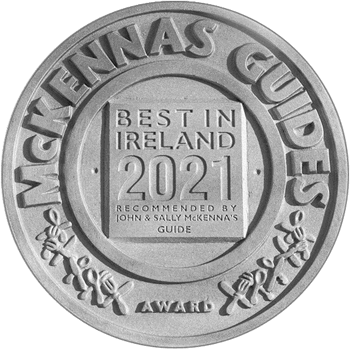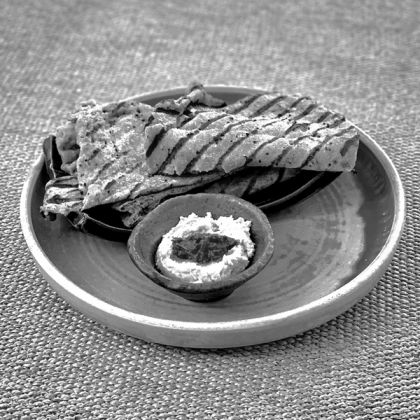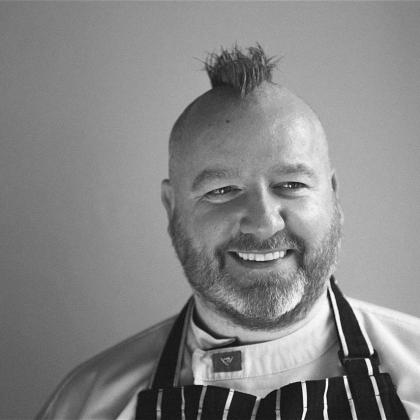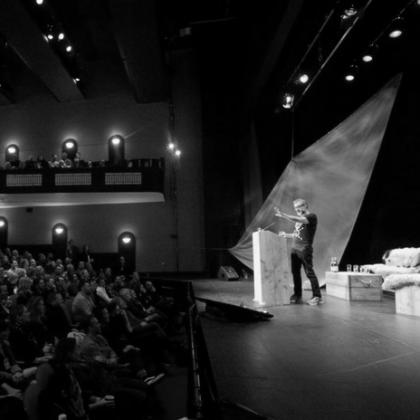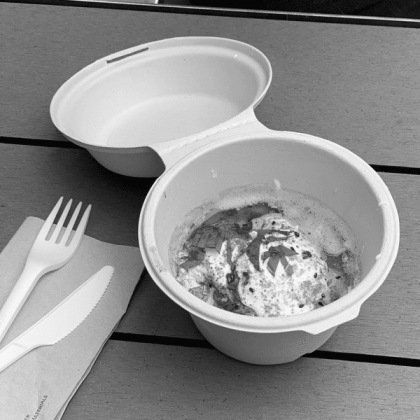Hmmm, do you think there was something fishy, something sinister, about the World Food Prize being awarded to Monsanto?
I certainly did. After all, why should Monsanto get the WFP when they have only given $380,000.00 dollars to the sponsorship of the WFP?
Surely the most deserving recipient of the WFP would have been the Iowa Corn Growers Association, who contributed a healthy $425,000.00 in sponsorship.
But, strike that ugly thought from your mind, folks, because in addition to their $380,000.00 Monsanto also gave $1,000.000 for World Food Prize building renovations.
They own the building: give them the prize!
This is how things are in the world of Big Food. People in the industry pat themselves on the back, and all is good.
But you didn’t need to have been in Des Moines, Iowa to see Monsato get their prize to understand the mentality of big food. According to agriculture correspondent Alison Healy’s report in today’s Irish Times, Professor Mike Gibney, head of UCD’s Centre for Food and Health, told an open meeting organised by the Food Safety Authority that fast food and soft drinks account for “a minority” of calories we consume, but the problem is that we concentrate too much on those calories whilst overlooking the calories in potatoes, chicken and meat.
Problem? What problem? A calorie is a calorie, folks, didn’t you know that? Maybe you thought some calories are good – have this apple – whilst some calories are bad – have this high-fructose-corn-syrup drink, son.
Not at all. A calorie is a calorie is a calorie. Nothing to worry about. Oh, and Prof Gibney also said a “tsunami of lard” tended to come in waves throughout the centuries: Hippocrates wrote that the Scythians were “podgy” and there were fatties in ancient Rome.
Nothing to worry about then.
It’s just history. It’s history’s fault. Blame history.
The open meeting organised by the Food Safety Authority also heard from Professor Alan Reilly, chief executive of the Food Safety Authority. Last week, The Irish Times revealed that Professor Reilly chairs meeting of EUFIC, the European Food Information Council, which is funded by food companies such as Coca-Cola, McDonald’s, AB sugar, Pepsico and others.
Professor Reilly told the ‘Times: “What I do is chair meetings of a group of eminent scientists from all over Europe. That’s all I do – there’s no connection to industry”.
No problem there, then.
Meanwhile, over in Virginia, U.S.A., at a strategy meeting attended by the great farmer and thinker Joel Salatin, the U.S Secretary of Agriculture Tom Vilsack tells the meeting that whilst rural America accounts for only 16% of the population, the great thing is that these farm kids grow up with a sense of wanting to give something back.
And the way in which they show this is by...joining the U.S. army.
Farm kids. Canon fodder.
Vilsack didn’t attend the World Food Prize ceremony, as he had intended, because America didn’t have a functioning government that day. This is a shame, as lots of his friends and admirers would surely have been there, people like the Biotechnology Industry Organisation, who once awarded him the prize of Governor of the Year.
This week also saw World Food Day, October 16th. In The New York Times, Mark Bittman pointed out that a billion people in the world are hungry, even though we produce enough calories to feed everyone. The thing is, though, that a third of those calories go to feed animals, a third are wasted, and 5% goes to biofuels.
Bittman also pointed out that the ETC group of Ottawa estimate that the industrial food chain uses 70% of agricultural resources to produce 30% of the world’s food. Meanwhile, peasant, small-scale farming uses 30% of the resources to produce 70% of the world’s food.
Maybe somebody should give those peasants a food prize.
Prizes Galore
Archive - all the best places to eat, shop and stay in Ireland. A local guide to local places.
